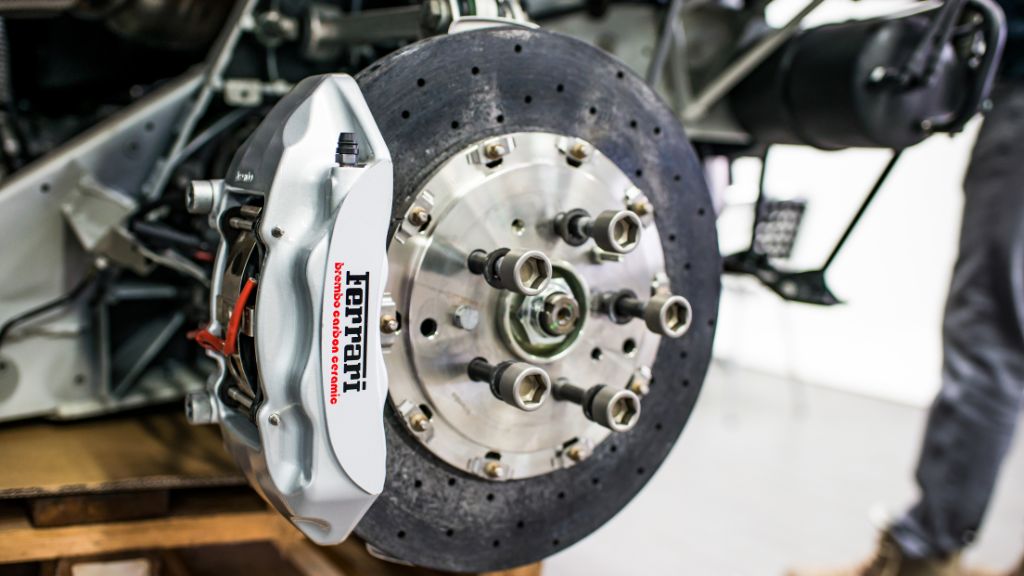Get ready to dive into the fascinating world of cars! Imagine a behind-the-scenes look at how cars are made – that’s what we’re exploring in this blog. Ever heard of something called time-study analysis? It’s like a super-smart stopwatch that helps car makers do their job better.
We’ll be showing What Was the Purpose of Time-study Analysis in the Automobile Industry and how it makes cars faster, cheaper, and top-notch in quality. It’s like a magic wand for the car industry! Join us as we uncover the cool ways that make cars zoom off the production line and into our lives. So, buckle up – the journey into the world of car-making is about to begin!
What Was the Purpose of Time-study Analysis in the Automobile Industry?
Chapter 1: The Essence of Time-Study Analysis
At its core, time-study analysis is a methodical examination of the time it takes to complete each task within the production process. This analytical approach is akin to using a stopwatch, aiming to identify inefficiencies, minimize delays, and optimize overall production. By breaking down the intricate web of tasks into measurable units, manufacturers gain valuable insights that serve as the foundation for continuous improvement.
Chapter 2: Speeding Up Production
In the bustling environment of an automobile factory, time is of the essence. Time-study analysis serves as a compass, guiding manufacturers in identifying bottlenecks and time-consuming tasks. By pinpointing areas of potential improvement, the industry can implement strategies to expedite the production process. This not only increases output but also ensures that manufacturers can meet the ever-growing requirements of consumers in a competitive market.
Chapter 3: Cost Efficiency Matters
In the competitive realm of automobile manufacturing, cost efficiency is a key determinant of success. Time-study analysis proves instrumental in this regard by meticulously examining the time and resources allocated to each task. Through optimization and refinement, manufacturers can reduce production costs significantly. This, in turn, translates into more affordable vehicles for consumers without compromising on quality.
Chapter 4: Quality Assurance Through Time-Study
Ensuring the highest quality standards is a non-negotiable aspect of automobile manufacturing. Time-study analysis plays a pivotal role in maintaining and improving quality by identifying areas where rushed processes or delays could compromise the integrity of the final product. Through meticulous examination, manufacturers can implement measures that uphold stringent quality control, resulting in reliable and safe vehicles that meet or exceed consumer expectations.
Chapter 5: Employee Productivity and Satisfaction
Behind the hum of machinery and the clatter of assembly lines are the workers who bring these vehicles to life. Time-study analysis goes beyond task efficiency and takes into account the human element. By understanding how long it takes for employees to complete specific tasks, manufacturers can ensure a balanced workload, prevent employee burnout, and foster a positive work environment. Happy and satisfied employees contribute to increased productivity, a critical factor in the success of any manufacturing enterprise.
Chapter 6: Adapting to Technological Advances
The automobile industry is at the forefront of technological innovation. From automated assembly lines to advanced manufacturing techniques, technology continually shapes the production landscape. Time-study analysis serves as a guide for manufacturers to adapt seamlessly to these technological advances. By evaluating the impact of new technologies on production times, manufacturers can make informed decisions, stay ahead of the curve, and balance a competitive edge in an industry that thrives on innovation.
Chapter 7: Lean Manufacturing Principles
Time-study analysis aligns seamlessly with the principles of lean manufacturing. This philosophy revolves around the elimination of waste, optimization of processes, and a commitment to continuous improvement. By implementing the insights gained through time-study analysis, manufacturers can embrace lean manufacturing principles, leading to wnhance efficiency, lessen costs, and a more sustainable and environmentally responsible production process.
Chapter 8: Meeting Consumer Demands
Consumer choiuces and market trends are in a perpetual state of flux. To stay relevant and thrive in the market, manufacturers must adapt swiftly. Time-study analysis enables manufacturers to identify and respond to changing demands effectively. By optimizing production processes, manufacturers can bring new models to the market faster, ensuring they remain competitive and can cater to the diverse needs of consumers.
Conclusion
As the gears of production continue to turn, time-study analysis emerges as the unsung hero in the intricate dance of efficiency within the automobile industry. Its multifaceted role, from speeding up production to ensuring cost efficiency, maintaining quality, and prioritizing employee satisfaction, underscores its indispensability.
In this ever-evolving industry, time-study analysis stands as a constant companion, providing manufacturers with the insights needed to navigate the complex terrain of production and shape the future of the automotive world. As we continue to witness the transformative power of this analytical tool, one thing remains certain – in the race against time, time-study analysis keeps the wheels of progress in motion.

